If you are not willing to risk the unusual, you will have to settle for the ordinary.
– Jim Rohn
Coral Del Cabo, Florida 26.63° N, 81.93° W
If you are not willing to risk the unusual, you will have to settle for the ordinary.
– Jim Rohn
Following up on my previous post about editing photos with the iPad and VSCO workflow, I wanted to add some even more simple tools. The iPad and it’s Photos app have some very basic editing tools and help simplify your workflow.
When I import my images to the iPad from the Lightning SD card adapter I like to think of it as a contact sheet just like we used to use for film and a darkroom. When I review the thumbnails of these images I can tell almost instantly which are kept or to be discarded. And speaking of importing, lately I have been shooting more jpeg file format as opposed to RAW. Again, simplicity. When these everyday photos are just for my use and storage, I want to minimize the file size. Faster importing and lighter on the storage. Now when I shoot for clients, I will almost always shoot in both jpeg and RAW for the sharpest, best results. Moving on.
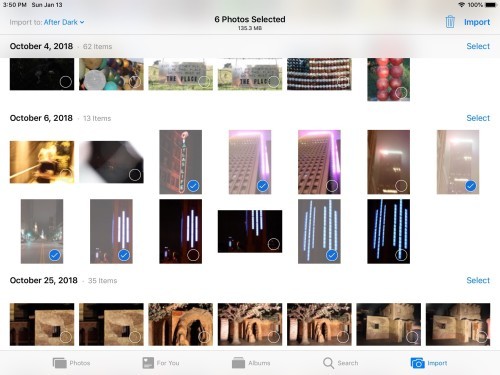
Every photographer’s goal is to get the image right in camera. While that isn’t always possible, it is possible to have fun and play with the lighting and filter tools.
Adjust the lighting, exposure, shadows, saturation, contrast and more. Just explore and experiment with what looks good to you. Not for anyone else. For you. This is your time to play.
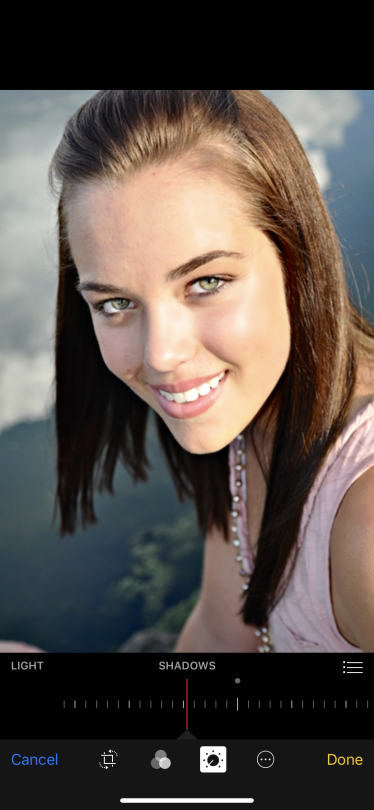
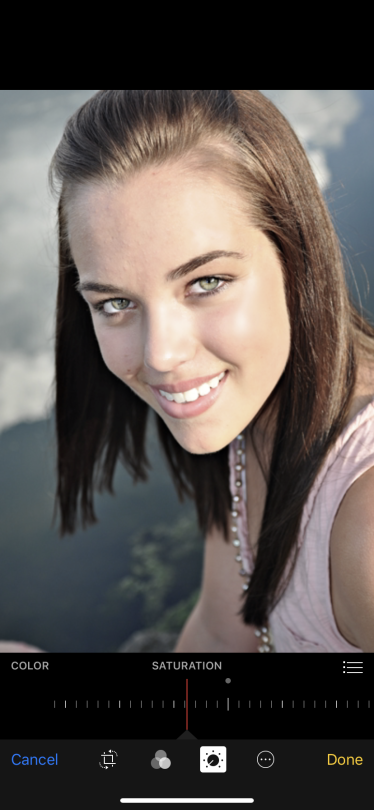
There is no such thing as the perfect processing technique. When playing with the process, take a look at the offered filters.
For color filters, I lean more toward the “Dramatic” look. For black and white I prefer the “Noir” look. If these don’t do it for you, I’d suggest looking at the filters in the VSCO app.
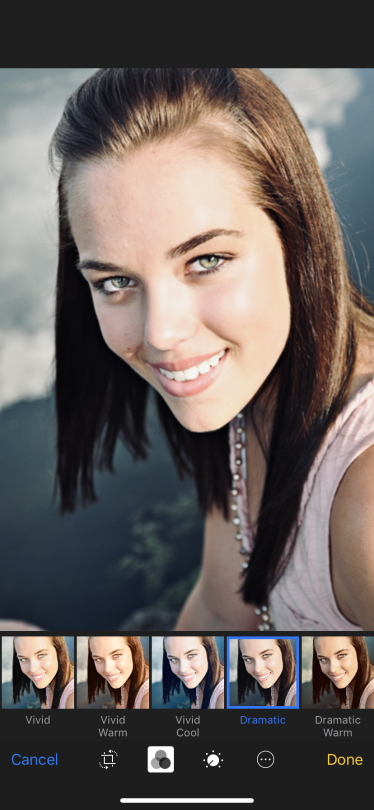
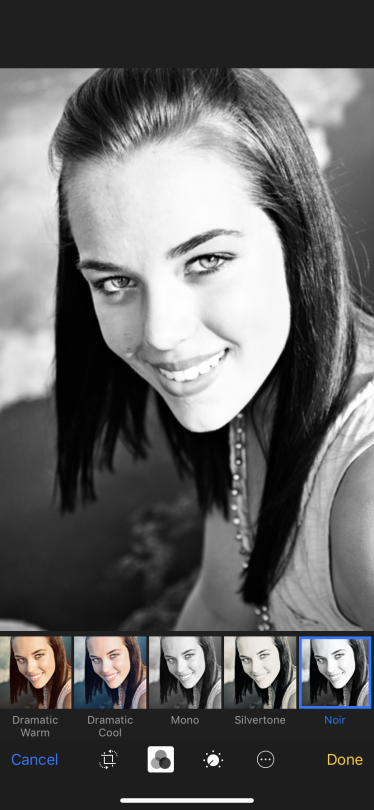
Be sure to fine tune your image with a careful crop and rotation. These can help eliminate background clutter and even a different perspective.
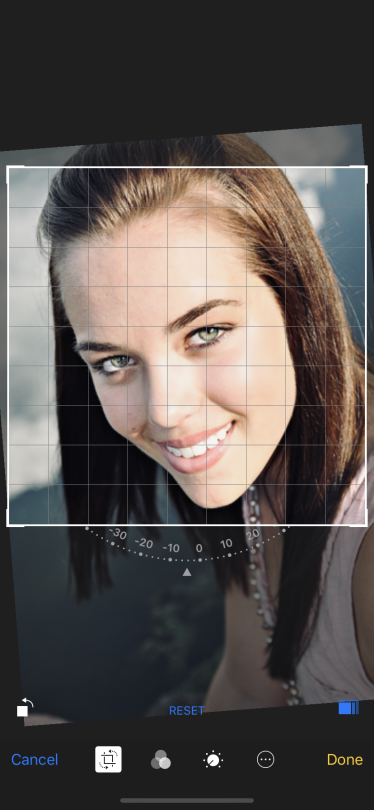
Another handy dandy feature is the Favorite button. These help me sort the best from the rest. When you favorite an image it’ll go into it’s own folder. From there I can process my fave images.
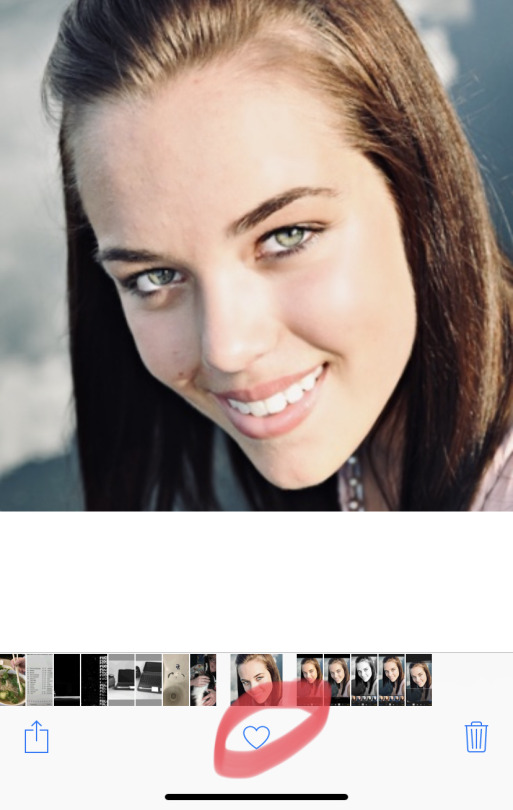
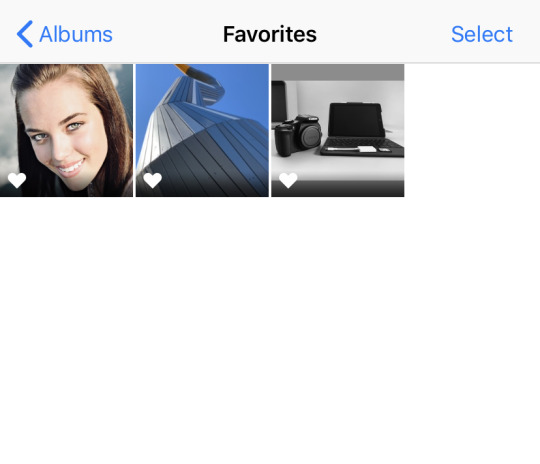
When the images are finalized I will usually distribute them to various places online like my websites, Flickr, VSCO and EyeEm. But before I do that, I ensure I have access using all of my devices such as the iPhone, iPad and my laptop. Your experiences will vary but for me, I keep it simple. I use the iOS Files app, iCloud backup and Microsoft’s OneDrive. Because…Windows.
To wrap this up, the iPad for me is quickly becoming my default device for photo production. I am constantly tweaking and refining my experience to simply my workflow.
The advancement in digital photographic technology has come a long way, baby. When I acquired my first digital camera 18 years ago the post processing was minimal and the software was expensive. More recently, I’ve converted from a Nikon and Compact Flash adapter to desktop drive to an SD card to laptop situation. Why? Simplicity.
I am simplifying and tweaking my workflow all the time because I want to do more shooting as opposed to editing. Get me back out there!
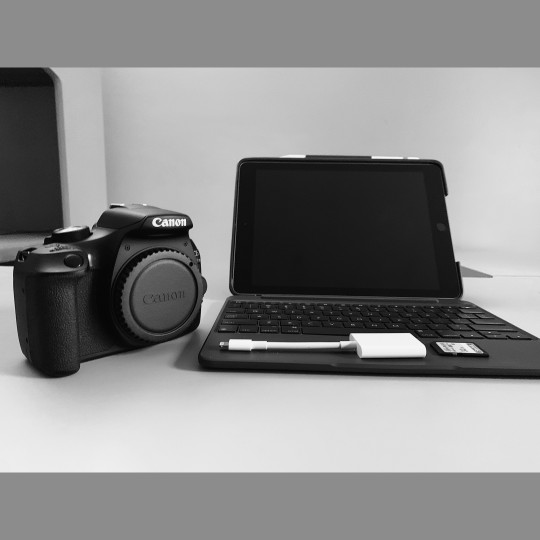
Lugging a laptop around with all my photography gear is not ideal or even necessary anymore. With the technology improvements of the iPad it is becoming my go-to workhorse to catalog and process my images. Other benefits?
– [ ] Speed. The iPad can load and process faster than a laptop and Adobe Lightroom
– [ ] Cost. A good iPad is cheaper than a laptop
So how do you get your RAW/JPEG images from your camera to your iPad? Well, you could use the camera’s WiFi transfer feature. Or wait for them to load into your cloud drive and download them. For me? I prefer the $29 SD card adapter from Apple. This is one of the best, cheapest investments I have made.
When I insert my SD card into the adapter and then into the iPad, the Photos Import module appears. You can choose to import all or select individual images.
To help keep me organized I add these photos to a new album such as this example here, After Dark.
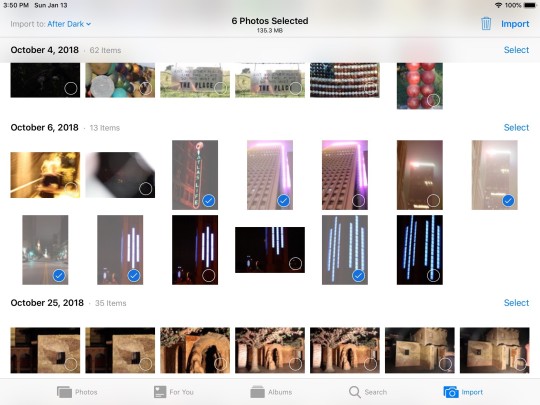
VSCO, The Visual Supply Company
I am a big fan of this software. They have grown from a photo filter software app to a full fledged photographic community that could and should replace Instagram. They have both free and paid subscription model that allows them to avoid ads in their software. I pay $20 a *year* for their products as opposed to $10 a *month* for the Adobe photography plan. I just saved $100. Follow me there if you’d like: https://vsco.co/photodenbow
Now that I’ve opened the VSCO app to import my selected photos I can choose the presets to set the tone I want for my images. VSCO presets emulate actual film effects from Kodak, Fuji, Iilford, etc. They even have creative, fun presets.

After I’ve chosen the effects I can tweak individual settings such as saturation, hues, white balance etc. From there I will save to my VSCO feed or journal as well as download to the iPad. After that, do what you will with your finished product.
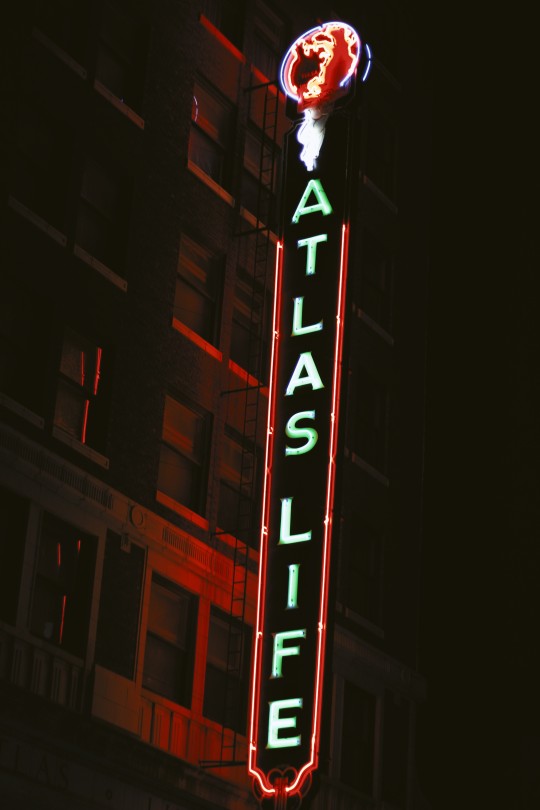
There is no perfect workflow for me because I am constantly tweaking it to keep it simple. Who knows? Maybe next month it will change again.
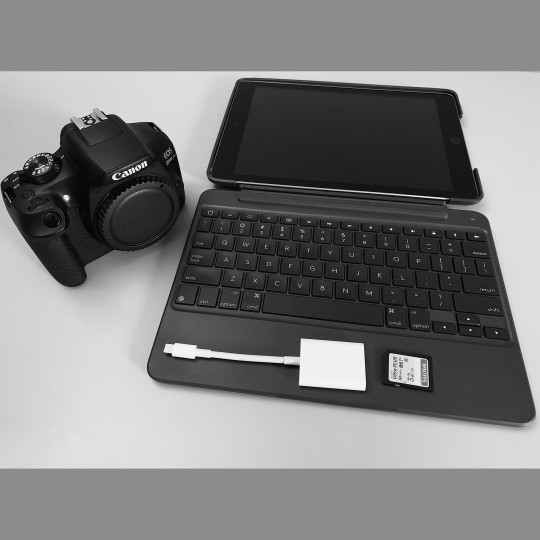
“It is not that we have a short time to live, but that we waste a lot of it. Life is long enough, and a sufficiently generous amount has been given to us for the highest achievements if it were all well invested.”
– Seneca
“ I wanted to start over. I wanted a new life. The trouble was, I brought myself with me.”
– Dean Ford
Now that I have completed my reading goal of fifty books this year, I am already making plans on next year’s goals. It won’t be fifty. It may be less than half that, I am not sure. The reasons are many but it boils down to appreciating what I am reading. I want to read intently and purposefully. Fifty books was too fast and unproductive. I picked up a few kernels of knowledge but forgot the rest. Well not this next year. This next year:
If interested, you can follow me on Goodreads, a tool I will use to help manage my reading life.
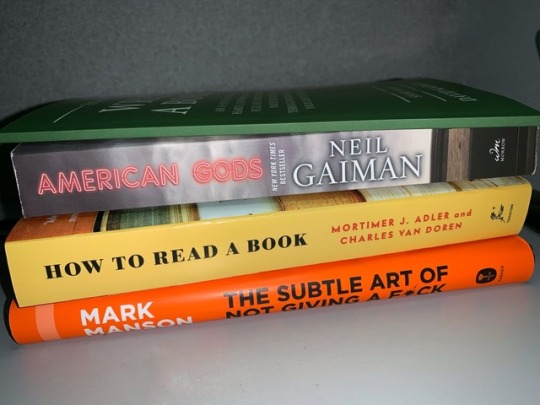
When and how does anyone make the time? The simple answer is deliberately. There are plenty of mind-numbing, time-wasting activities out there but who wouldn’t want to get something out of it?
One helpful tip is that “Airplane Mode” on your device works just as well
on the ground. That’ll help you with distraction-free reading.
I can say I have accomplished another one of my groundhog resolutions in finishing over 50 books this year. Next year I may limit to something much less and even more deliberate. I also want to invest in more physical books instead of digital copies.
Because another goal for next year is practicing marginalia, the art of marking up one’s book with notes in the margins. I consider it a dialogue with the author and would invest myself back into the book as opposed to reading it and moving on to the next one, learning almost nothing.
This, I think, will make for the best, distraction free and deliberate way to enjoy books.
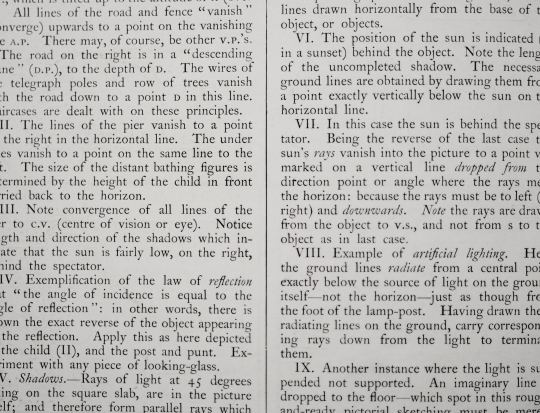
I’ve recently re-discovered the app MindNode, an app that helps diagram ideas and thoughts in a visual way.
Here’s an example of what a basic mind map structure looks like:
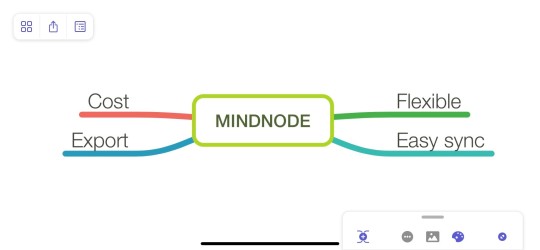
Just a simple diagram I generated about mind-mapping and why I use MindNode instead of other similar apps.
Maps can be used in a variety of ways of course. I have used mapping for
productivity, goals, notes, brainstorms, problem solving, book
summaries, task management, video summaries ( I take notes while
watching TED or podcasts). Here lately though, I have been using it to
map out plots and story ideas for the novels yet to be but on paper.
Here is a sneak peek of one of them:
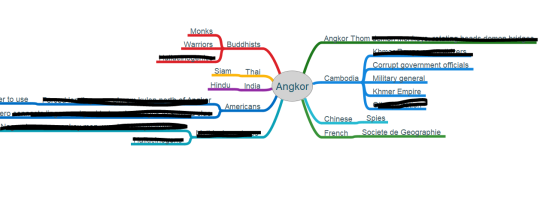
Redacted of course! Can’t give it all away just yet.

So this just happened. After making the decision to close both of my Google accounts back in April it is finally finished. I am no longer a Google user.
This is a great blend of both budget and premium features. A $1200 phone for a $750 price. This has almost everything I want into an iPhone like a big, end-to-end screen, the A12 Bionic chip, dual sim card capability, augmented reality, great camera, long battery life, Face ID and of course, Animoji as seen below.
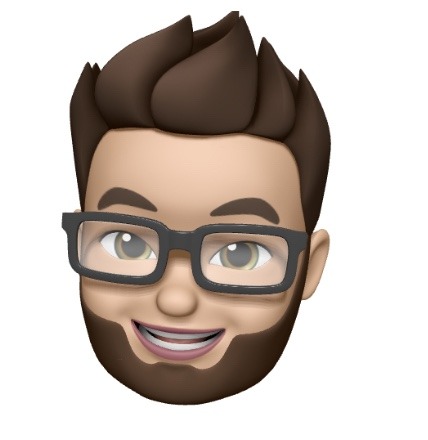
The XR has a 12mp camera with f/1.8 aperature and smart HDR tech. Video is 4k quality. Portrait mode has advanced bokeh and depth control that can be edited after the snap. The front facing camera is 7mp quality with f/2.2 aperature, portait mode and portrait lighting effects.
The best part? I upgraded and ended up paying less for more.
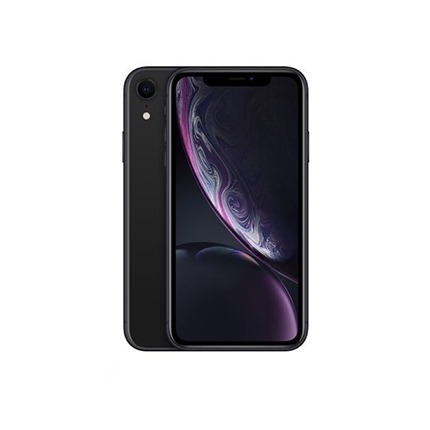
I’ve discovered a new, Windows only writing tool called Atomic Scribbler and it is PERFECT for my needs. It rivals the over-priced Scrivener in features and cost. Just in time for NANOWRIMO next month.
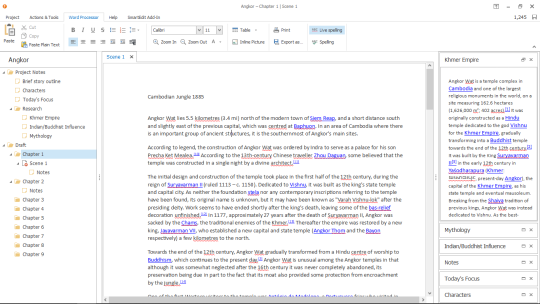

“I, not events, have the power to make me happy or unhappy today, I can choose which it shall be. Yesterday is dead, tomorrow hasn’t arrived yet. I have just one day, today, and I’m going to be happy in it.”
– Groucho Marx